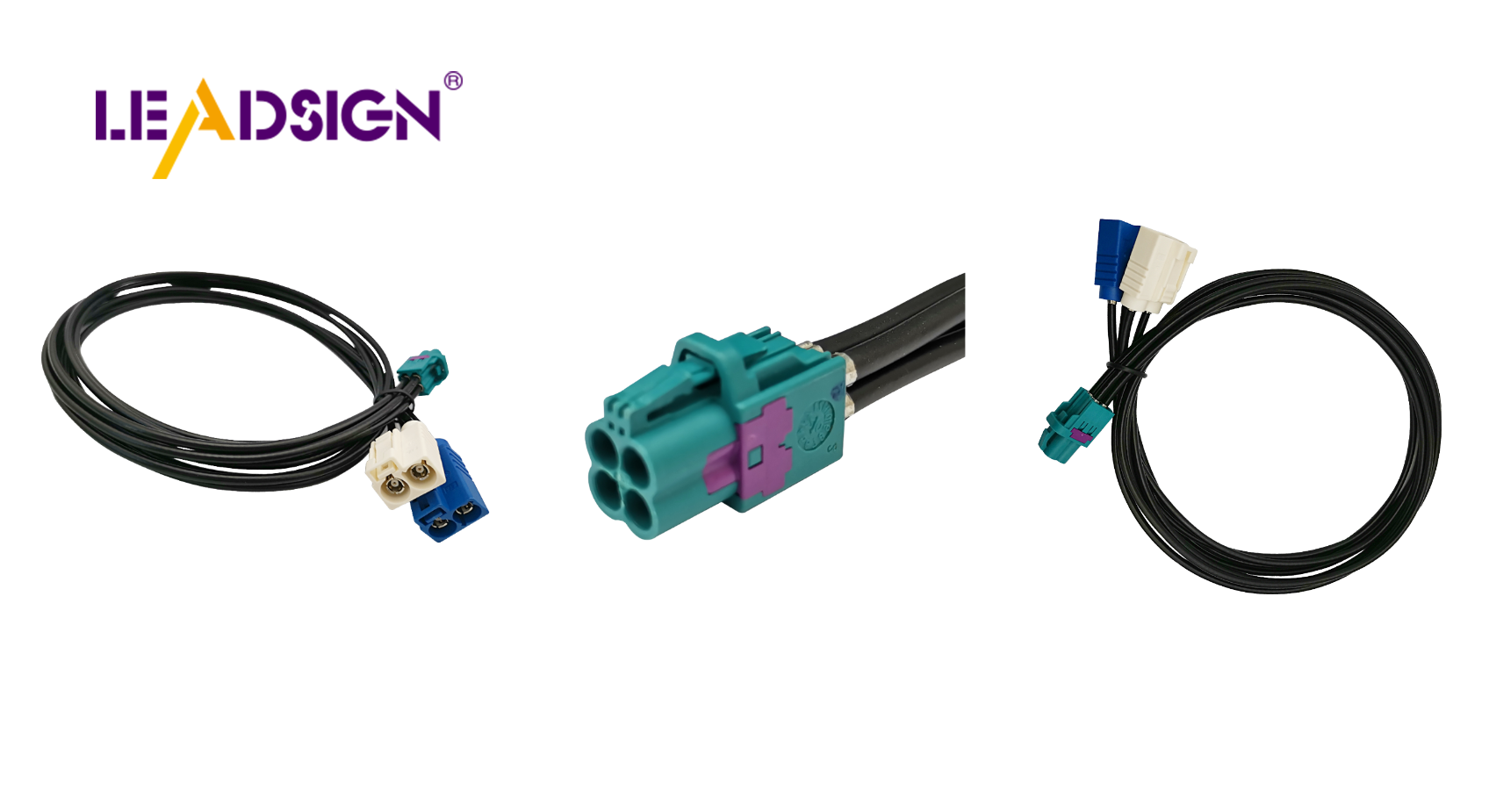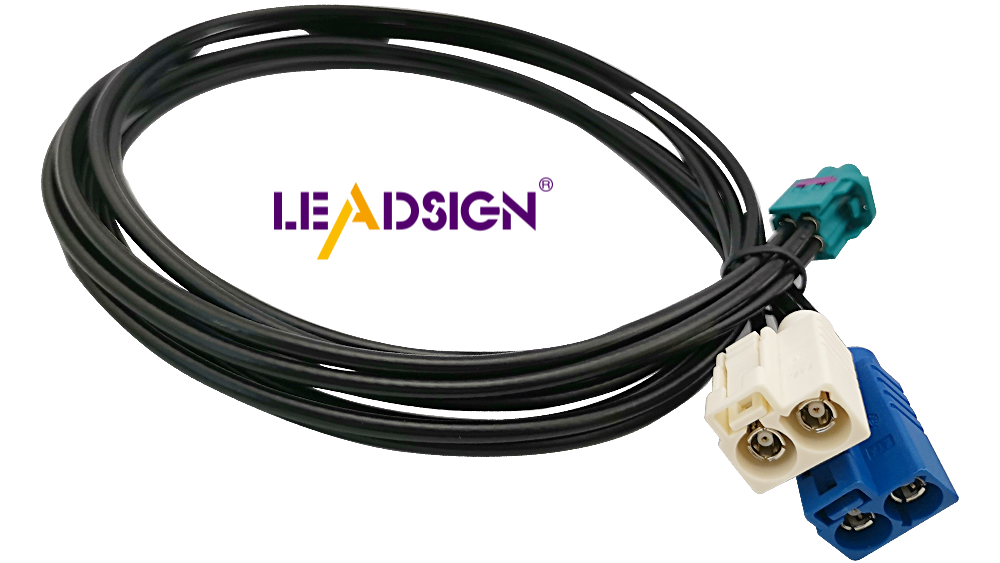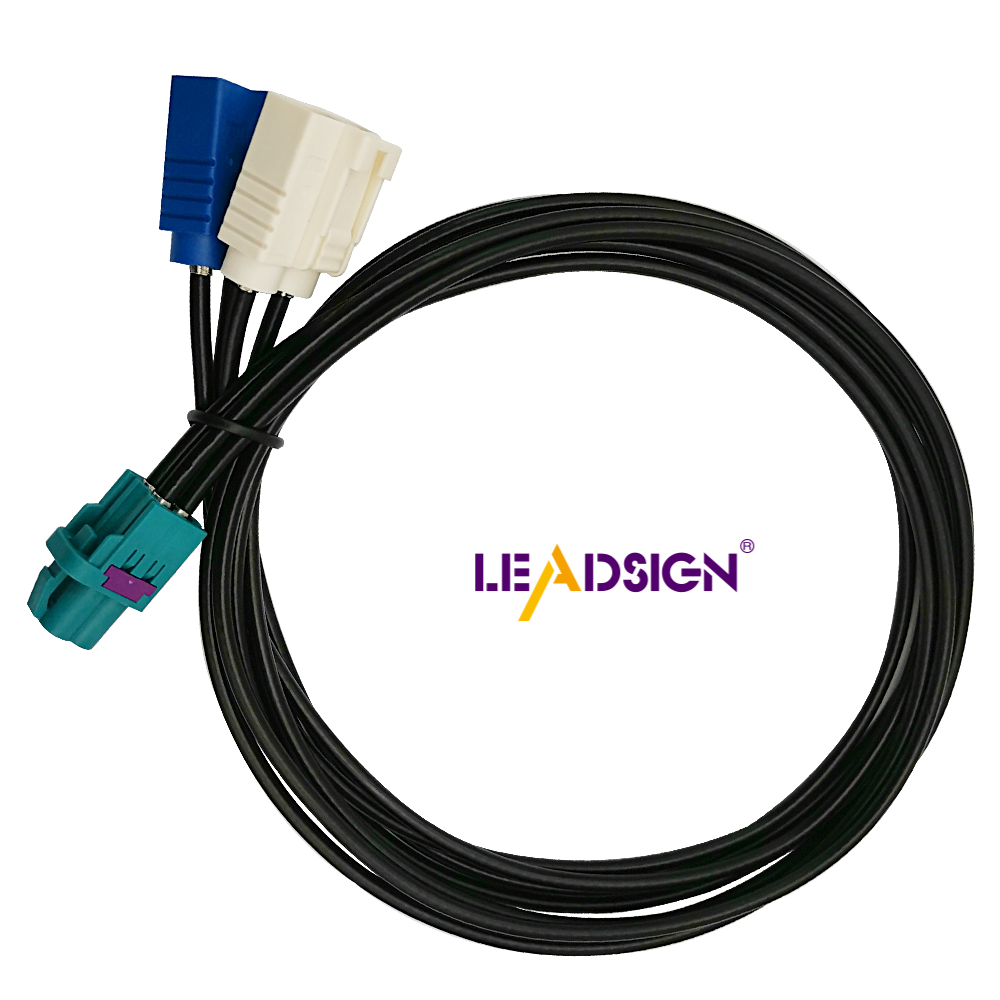Comprehensive Overview of Wire Connectors Automotive Type

Wire connectors are very important in cars, as they are one of the key automotive electrical connectors types that help the car's electrical systems function effectively. Good connections prevent issues and enhance vehicle safety. Using the right connectors lowers failure risks, which are higher than in planes. Choosing the appropriate type from the various automotive electrical connectors types available helps optimize performance. Proper connectors manage electricity efficiently, preventing resistance or failures. This attention to detail ensures your car operates safely and reliably.
Types of Automotive Wire Connectors

Knowing about different car wire connectors is important. It helps your car's electrical system work well. Let's look at some common connectors used in cars.
Crimp Connectors
Characteristics
Crimp connectors are very popular in cars. They have a metal end that you attach to a wire by squeezing it with a tool. This makes a strong connection without needing soldering. Crimp connectors last long and resist shaking, perfect for cars.
Applications
You see crimp connectors in many car uses. They join wires to ends, connect multiple wires, and attach wires to parts like switches. They're easy to use and trusted by mechanics and DIY fans alike.
Bullet Connectors
Characteristics
Bullet connectors are also common in cars. They have a round shape with two ends that snap together securely. Made from brass or copper, they often have a coating to stop rust.
Applications
Bullet connectors are great when you need to connect and disconnect wires often. You might use them in lights, speakers, or other parts needing quick disconnection. Their design ensures a tight fit for good connections.
Spade Connectors
Characteristics
Spade connectors, or spade terminals, are quick-connect types for cars. They look like forks and slide onto posts easily. They come in different sizes and colors showing wire size match.
Applications
Use spade connectors where frequent wire changes happen, like car audio systems or batteries. They're easy to put on and take off, making them handy for many car uses.
By knowing these connector types, your car's electrical system stays efficient and reliable. Each type has special features and uses so you can pick the best one for your needs.
FAKRA and HFM Connectors
Characteristics
FAKRA connectors are special car connectors. They work well for high-speed data in new cars. These connectors handle frequencies up to 20 GHz and data speeds up to 28 Gbps. This makes them great for systems like GPS and car entertainment that need fast data.
HFM connectors are newer and smaller than FAKRA ones. They save a lot of space, about 80% less than older types. This is important because cars have limited room. HFM connectors are also strong, so they last long in tough car conditions.
Both FAKRA and HFM use a simple system that fits into many car parts easily. Their small size and low cost make them popular with car makers who want better performance without spending too much.
Applications
FAKRA and HFM connectors are used in important car systems. They help self-driving cars by sending real-time data from sensors and cameras, which keeps driving safe.
In driver help systems, these connectors make sure features like lane warnings work well. The fast data speeds mean these systems react quickly to changes on the road.
Car navigation and entertainment rely on these connectors too. They allow quick map updates and smooth music or video playing. Backseat screens benefit from their speed, letting people watch movies without stops.
Knowing about FAKRA and HFM helps you see why they're key in car connections today. They boost how cars perform while keeping them safe and reliable.
Installation Techniques

Knowing how to put in automotive electrical connectors right helps your car's electric system work best. Let's look at three ways to install them: crimping, soldering, and heat shrinking.
Crimping
Crimping is a common way to join wires in cars. It makes a strong link without needing solder.
Tools Needed
To crimp connectors, you need:
Crimping tool: Pick one that fits the connector.
Wire stripper: Gets wire ends ready for crimping.
Crimp connectors: Choose the right size and type for your job.
How-To Steps
Strip the Wire: Use the wire stripper to take off about 1/4 inch of cover from the wire end.
Insert the Wire: Put the bare wire into the crimp connector.
Crimp the Connector: Place it in the crimper and squeeze tight to hold the wire.
Check Connection: Make sure it's held tight and secure.
Crimping is great for many car connectors because it's easy and works well.
Soldering
Soldering gives a lasting connection by melting solder around wires and connectors.
Tools Needed
For soldering, get these tools:
Soldering iron: Heats up solder to make connections.
Solder: Usually lead-free for cars.
Wire stripper: Prepares wire ends.
Heat shrink tubing: Protects joints after soldering.
How-To Steps
Strip Wire End: Take off insulation with a wire stripper.
Twist Wires Together: Twist strands tightly for a good link.
Add Solder: Heat with iron, add solder until it fills joint.
Let Cool Down: Wait for solder to harden.
Cover with Heat Shrink: Slide tubing over joint, heat it to seal.
Soldering is good for car connectors needing strong, lasting links.
Heat Shrinking
Heat shrinking protects connections from water and rust damage.
Tools Needed
You'll need these for heat shrinking:
Heat gun: Shrinks tubing around connection.
Heat shrink tubing: Fits over connector and wire snugly.
How-To Steps
Pick Tubing Size: Get tubing that fits over connector and wire well.
Place Tubing Over Joint First
3Apply Heat Evenly*: Use gun so tubing shrinks tight around connection evenly.*
Heat shrinking keeps car connectors safe in bad conditions.
By learning these ways, you make sure your car's electrical parts work well, boosting performance and safety overall.*
Common Problems and Maintenance Tips
Knowing about problems with automotive electrical connectors helps keep your car working well. Let's look at some issues and how to fix them.
Finding Common Problems
Loose Connections
Loose connections can make car electronics fail. If connectors aren't tight, they might come apart, causing power loss. You may see flickering lights or broken gadgets. Check your connectors often to stop this from happening.
Corrosion
Corrosion is a big problem for automotive electrical connectors. Water and salt can rust metal parts, stopping electricity flow. Rusty connectors might make systems work poorly or not at all. Look for rust or color changes to catch corrosion early.
Fixes and Prevention
Regular Checks
Checking regularly keeps your automotive electrical connectors in good shape. By looking for wear, rust, or looseness often, you can fix things before they get worse. Make checking a part of your regular car care routine.
Correct Installation Methods
Using the right way to install makes sure connections are strong. Whether crimping, soldering, or screwing on terminals, each has its perks. Crimping is strong against shaking; soldering lasts long. Picking the best method helps signals stay clear and assembly easy.
"Proper ending of wires to connector contacts is key," says the Automotive Electrical Connectors Selection Factors guide. This shows why choosing the right installation way is important for your needs.
By knowing these problems and using prevention tips, you keep your car's electric system running well and safe. Regular checks and correct installations help make automotive electrical connectors last longer.
Knowing about different wire connectors is important for your car's electrical system. Each type has special benefits that help your car work better and last longer. Installing them right and checking them often makes sure they work well, stopping problems before they start.
"Connectors are key to how cars work and stay reliable," say Automotive Technicians. Picking the right connector helps your car run smoothly and last a long time.
Always choose connectors that fit your car's needs, thinking about how easy they are to use and change. Doing this helps keep your car working safely and efficiently.
See Also
Understanding HSD Connectors Within Automotive Applications
Benefits of HFM Connectors for Automotive Solutions
Significance of FAKRA Connectors in Vehicle Technology

